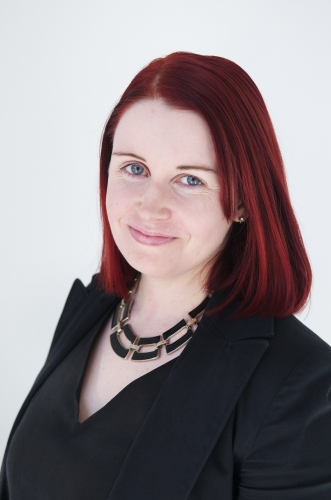Physiotherapists and Occupational Therapists will be well-acquainted with the goniometer, a tool for measuring range of joint movement in patients which has remained unchanged from its manual form for over 40 years. It certainly has its limitations, with measurements taken on the same patient by two different therapists able to vary by around 20-35 degrees.
Hayley Warren was a physiotherapy student when she had the idea for a digital version of the tool, where she wanted patients to have the same level and continuity of care regardless of their physiotherapist’s level of skill and confidence.
Subscribe for FREE to the HealthTimes magazine
She is now seven years into her journey as founder and CEO of HALO Medical Devices, and has a slew of awards and titles to her name including selection as a Youth Global Leader as part of the 2014 World Economic Forum, within the top 40 Entrepreneurs in the state, winner of the 40/40 award 2012, Winner in the 2013 Telstra Business Women of the year for Business Innovation in WA, nominee for WA top 50 Most successful Women in Business, recipient of the Electronics News Future Award 2012, WA Innovator of the Year 2010 and the People’s Choice award 2010 on the ABC New Inventors.
The HALO is a dual goniometer-inclinometer, and is being marketed across the world for use in physiotherapy, exercise science, paediatric and occupational therapy, podiatry, veterinary clinics and in bicycle fitting. Hayley mentions she has just come back from spending some time with the Boston ballet company, and some of the research and development involved elite basketball players.
“We designed the laser length on HALO based off the limb length of basketball players. Why does this matter? Because without the arms of a tool being long enough to intersect with landmarks on the body, there is no repeatable measure. Repeatable measures are critical in understanding if the patient if improving or getting worse on each visit.”
With a one-degree range of accuracy and the ability to capture any joint range in less than five seconds, the HALO is considered the most accurate medical grade laser measurement tool on the market and has been included in a number of Australian studies in podiatry (University of Western Australia), physiotherapy (Bond University), hand therapy (Australian Physiotherapy Association), and orthopaedics (University of New South Wales).
Goniometer apps are available on smartphones and tablets, however the HALO has been specifically designed for use in the clinic, with an antibacterial coating for zero infection risk, durable casing for accidental drops, and an ergonomic design for easy handling or strapping onto a patient, along with the extended-length lasers for measuring any length limb.
Hayley’s experience with her innovation mentors and establishment of manufacturers and distributors has taught her the importance of software integration for modern medical devices.
“Devices must integrate into the software people are using, otherwise it is contributing to the problem of having too much information and not being able to use it,” she says. A strong supporter of digital health, Hayley is confident the data collected by the HALO will improve care not just in the clinic, but across specialties as more clinicians embrace telehealth and the sharing of their data. Rehabilitation therapy in remote locations can be administered by a nurse or community health worker using the HALO and a Skype session with the treating therapist. Such data can be passed onto GPs, RNs or treating hospitals for a more streamlined and continuous provision of care.













